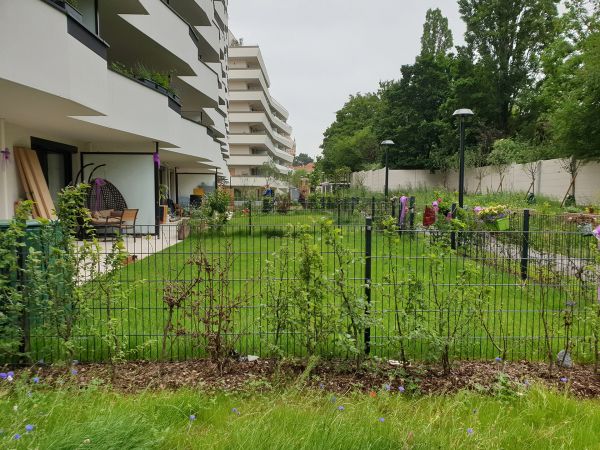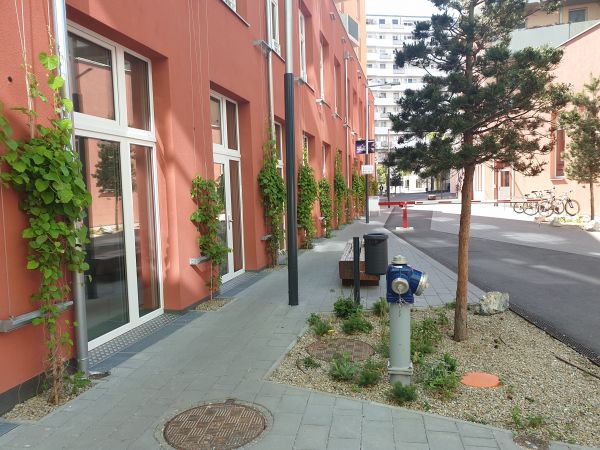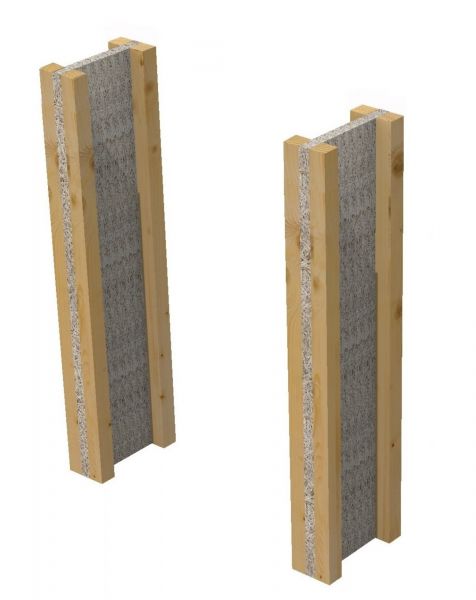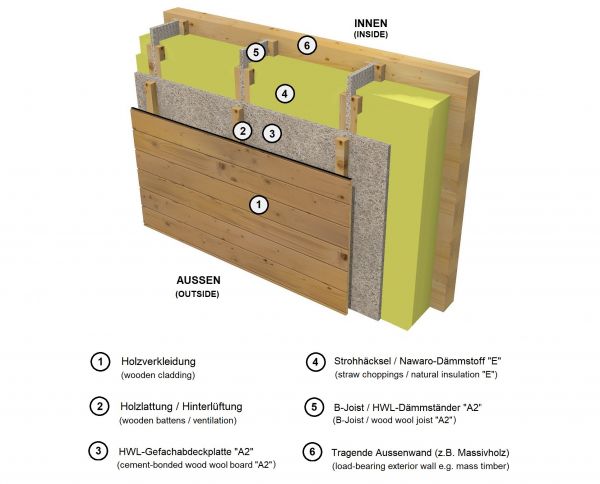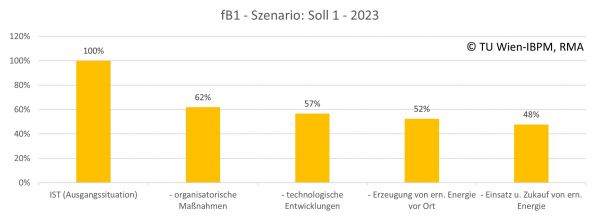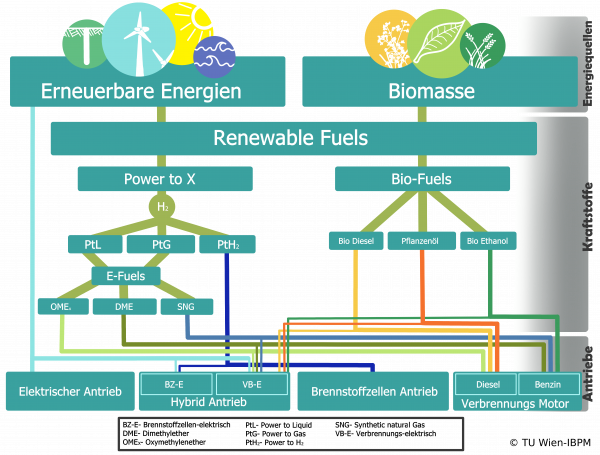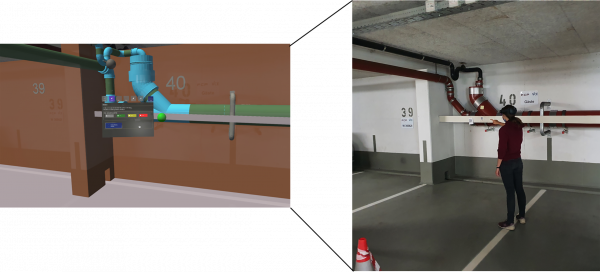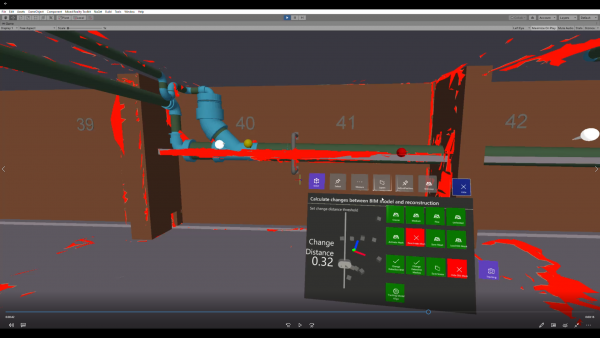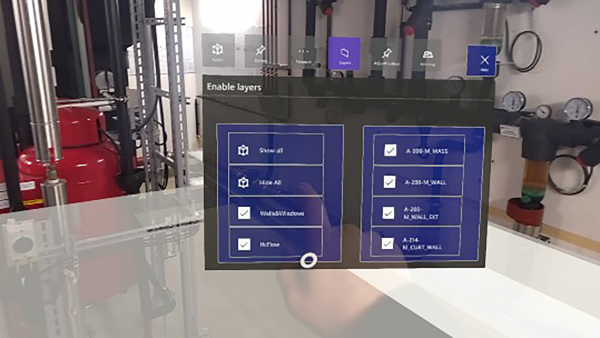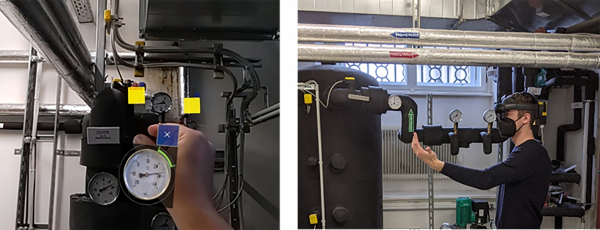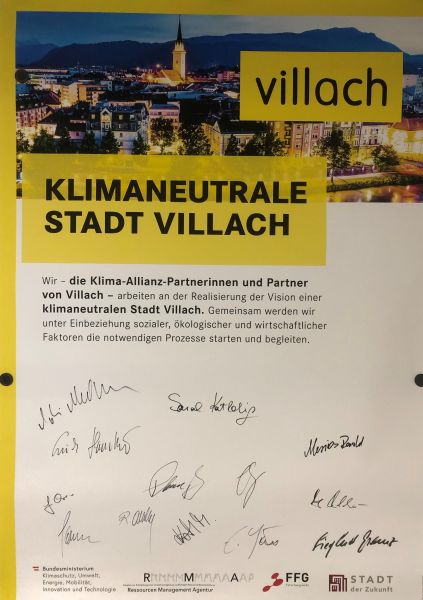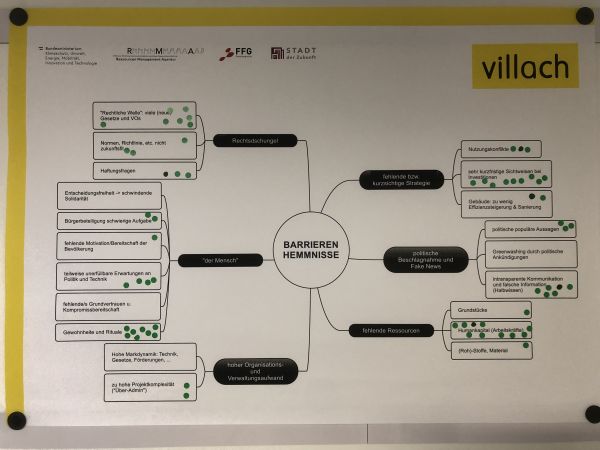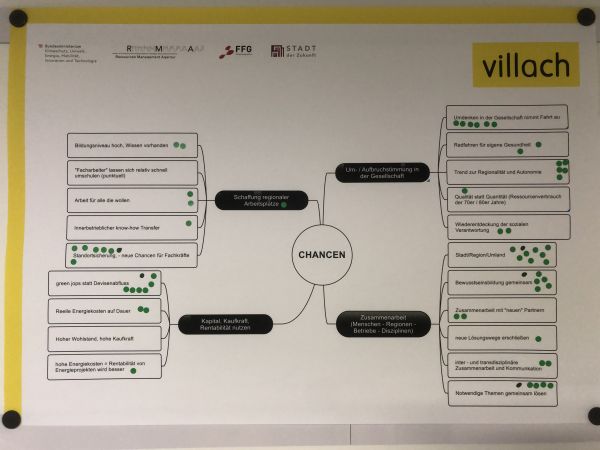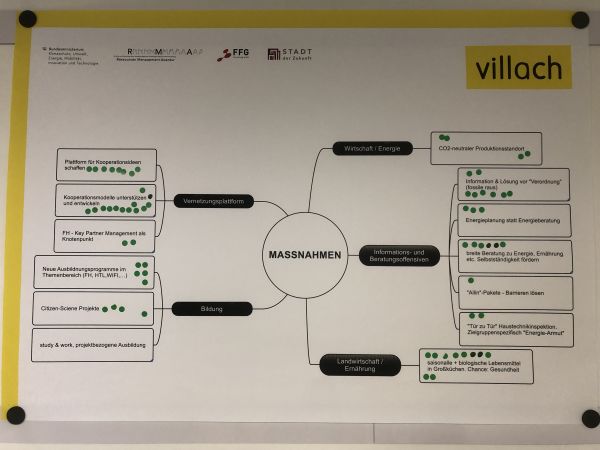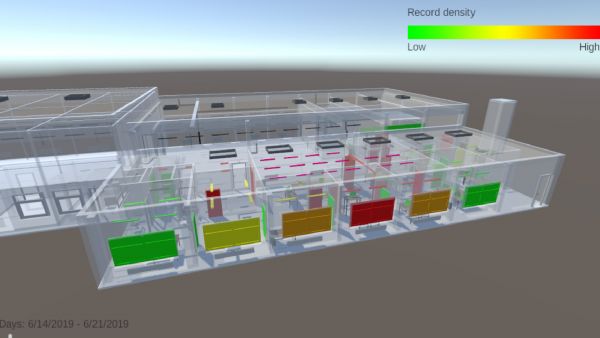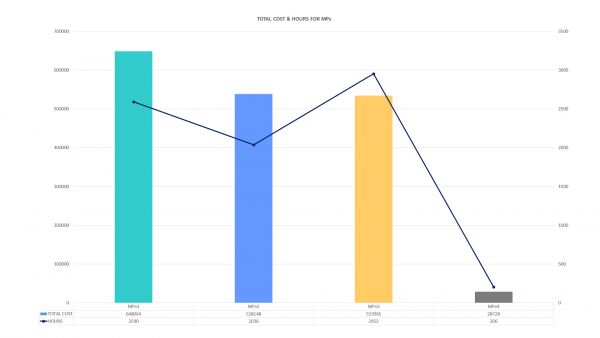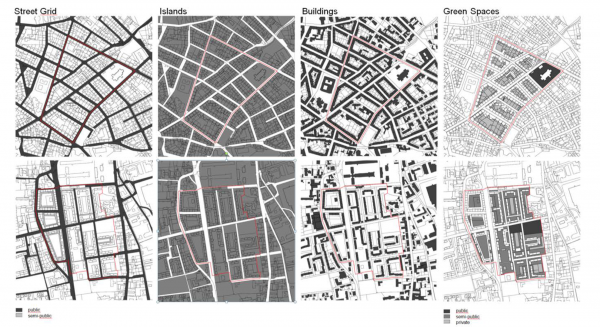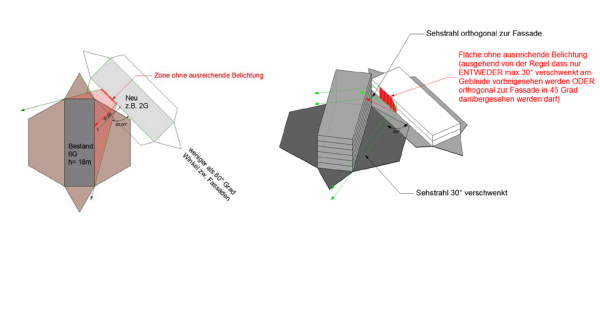Project Image Pool
There are 397 results.
Terms of use: The pictures on this site originate from the projects in the frame of the programmes City of Tomorrow, Building of Tomorrow and the IEA Research Cooperation. They may be used credited for non-commercial purposes under the Creative Commons License Attribution-NonCommercial (CC BY-NC).
Biotope City Wienerberg Image 1
Gardens in the Biotope City Wienerberg
Copyright: BOKU ILAP
Biotope City Wienerberg Image 3
Gödelgasse as a central public space in the Biotope City Wienerberg with green facades and rainwater management measures to make water available to plants.
Copyright: BOKU ILAP
B-Joist wood wool joist
Urban Straw system compartment separator made of cement-bonded wool boards and wooden slats.
Copyright: capital [ A ] architects
Urban Straw System exterior wall with wooden cladding.
Urban Straw System exterior wall with wooden cladding.
Copyright: capital [ A ] architects
GHG emissions of a Viennese residential building broken down by processes
The GHG emissions of a construction site are illustrated using a fictitious construction site of a Viennese residential building with almost 200 apartments and a gross floor area of 17,000 m². These amount to almost 700,000 kg CO2-eq, of which about 300,000 kg CO2-eq (42 %) are attributable to module A4 "Transportation" and around 400,000 kg CO2-eq (58 %) to module A5 "On-site processes". The allocation of GHG emissions to the individual processes can be seen in the figure. In total, around 77 % of the GHG emissions are transport activities. The calculation values are to be understood as project-specific potentials and have no general validity. Translated with www.DeepL.com/Translator (free version)
Copyright: TU Wien-IBPM, RMA
GHG emissions of a Viennese residential building, broken down by energy source and means of transport.
The GHG emissions of a construction site are illustrated using a fictitious construction site of a Viennese residential building with almost 200 apartments and a gross floor area of 17,000 m². All transport emissions are caused by diesel-powered trucks. The 23 % of the emissions attributable to the construction site activities are divided into about 9 %-points energy carrier diesel and about 14 %-points energy carrier electricity. The calculation values are to be understood as project-specific potentials and have no general validity. Translated with www.DeepL.com/Translator (free version)
Copyright: TU Wien-IBPM, RMA
Scenario 2023 for the reduction of GHG emissions for the sample housing construction site in Vienna.
The figure shows the evaluation of a realistic scenario 2023 of the fictitious residential construction site according to the steps to reduce GHG emissions. GHG emissions are reduced by 38 % in the first step "organizational measures". These consist of 36 % points reduction in transport distances and 2 % points savings in processes on the construction site. A further around 5% is saved in the "technological developments" step. GHG emissions are reduced by an additional 5% through "on-site renewable energy (electricity) generation." The remaining electricity demand is covered by UZ46 "Green" electricity. In total, these action steps add up to 48% of the original (ACTUAL) emissions. For these remaining approximately 333 t CO2-eq, at a price of 25 EUR / t CO2-eq, approximately 8,325 EUR would have to be paid in compensation in order to achieve the goal of the "CO2 neutral construction site". The calculation values are to be understood as project-specific potentials and have no general validity. Translated with www.DeepL.com/Translator (free version)
Copyright: TU Wien-IBPM, RMA
Overview of drive forms for light equipment
Overview of drive forms for light equipment Emissions caused by building machines can be reduced by CO2-neutral drive systems or renewable fuels. The energy source for obtaining or producing renewable fuels can come from (natural) renewable energy sources, for example by generating electricity from wind, solar radiation or hydropower, or can be obtained directly from biomass. These biomass-derived bio-fuels power internal combustion engines. Some of them can be used directly in conventional combustion engines - in this case, diesel engines. Others, for example ethanol, require a dedicated or modified engine. The CO2 savings for bio-fuels range from 80 to 90% in the literature. Sustainably generated electricity can be used to power vehicles or machines with electric drives, either directly via cables or with rechargeable batteries. The other renewable fuel option is hydrocarbons or hydrogen (H2) produced with electrical energy. These processes are grouped under "Power to X". Translated with www.DeepL.com/Translator (free version)
Copyright: TU Wien-IBPM, RMA
AR model user view
The figure shows the overlay of the BIM model with reality.
Copyright: Urban
Change Detection
The images graphically show the deviations between the BIM model and reality.
Copyright: Schönauer
Interaction menu
The figure shows the interaction menu of the AR inspection tool.
Copyright: Urban
Remote-Expert-System
The figure shows the user interface of the remote expert system.
Copyright: Urban
The Villach Climate Alliance
Climate-neutral city of Villach: "We - the Climate Alliance partners - are working on realizing the vision of a climate-neutral city of Villach. Together we will start and accompany the necessary processes, taking into account social, ecological and economic factors." This was signed by 14 partners during the vilFIT closing event.
Copyright: Stadt Villach, RMA
mindmap barriers/obstacles
The contributions of the participants on the topics "framework conditions", "barriers/obstacles", "opportunities" and "measures" collected in the kick-off meetings were clustered by the project team and processed in mindmaps. These mindmaps were finally used by the Climate Alliance partners at the final event to prioritize the individual contributions.
Copyright: Stadt Villach, RMA
mindmap opportunities
The contributions of the participants on the topics "framework conditions", "barriers/obstacles", "opportunities" and "measures" collected in the kick-off meetings were clustered by the project team and processed in mindmaps. These mindmaps were finally used by the Climate Alliance partners at the final event to prioritize the individual contributions.
Copyright: Stadt Villach, RMA
mindmap measures
The contributions of the participants on the topics "framework conditions", "barriers/obstacles", "opportunities" and "measures" collected in the kick-off meetings were clustered by the project team and processed in mindmaps. These mindmaps were finally used by the Climate Alliance partners at the final event to prioritize the individual contributions.
Copyright: Stadt Villach, RMA
WebGL visualisation of collected building data via the Gamification App
Data, collected by our mobile game (gamification), can be interactively mapped to 3D BIM model and visualized.
Copyright: Dr. Peter Kan, TU Wien, Institut für Architekturwissenschaften, Digitale Architektur und Raumplanung
Cost and time effort for the generation of Material Passports (MPv1-4)
Comparison of the costs and hours. For the Material Passports MPv1-3 high-tech methods were applied and were generated through high-tech methods. The MPv4 was compiled manually, based on 2D-drawings and standard acquisition methods.
Copyright: Dr. Marijana Sreckovic, Institut für interdisziplinäres Bauprozessmanagement, Integrale Bauplanung und Industriebau
Urban morphology
Different appearance of the same urban morphology based on the chosen emphasis (Street grid, Islands, Buildings, Green Spaces)
Copyright: Team EPIKUR (Abt. Bauphysik und Bauökologie, TU Wien | Pirstinger, Raudaschl)
natural-lighting issue: sharp angle between buildings
Natural lighting issues for sharp angles between buildings, based on the rules of OIB RL 3.

